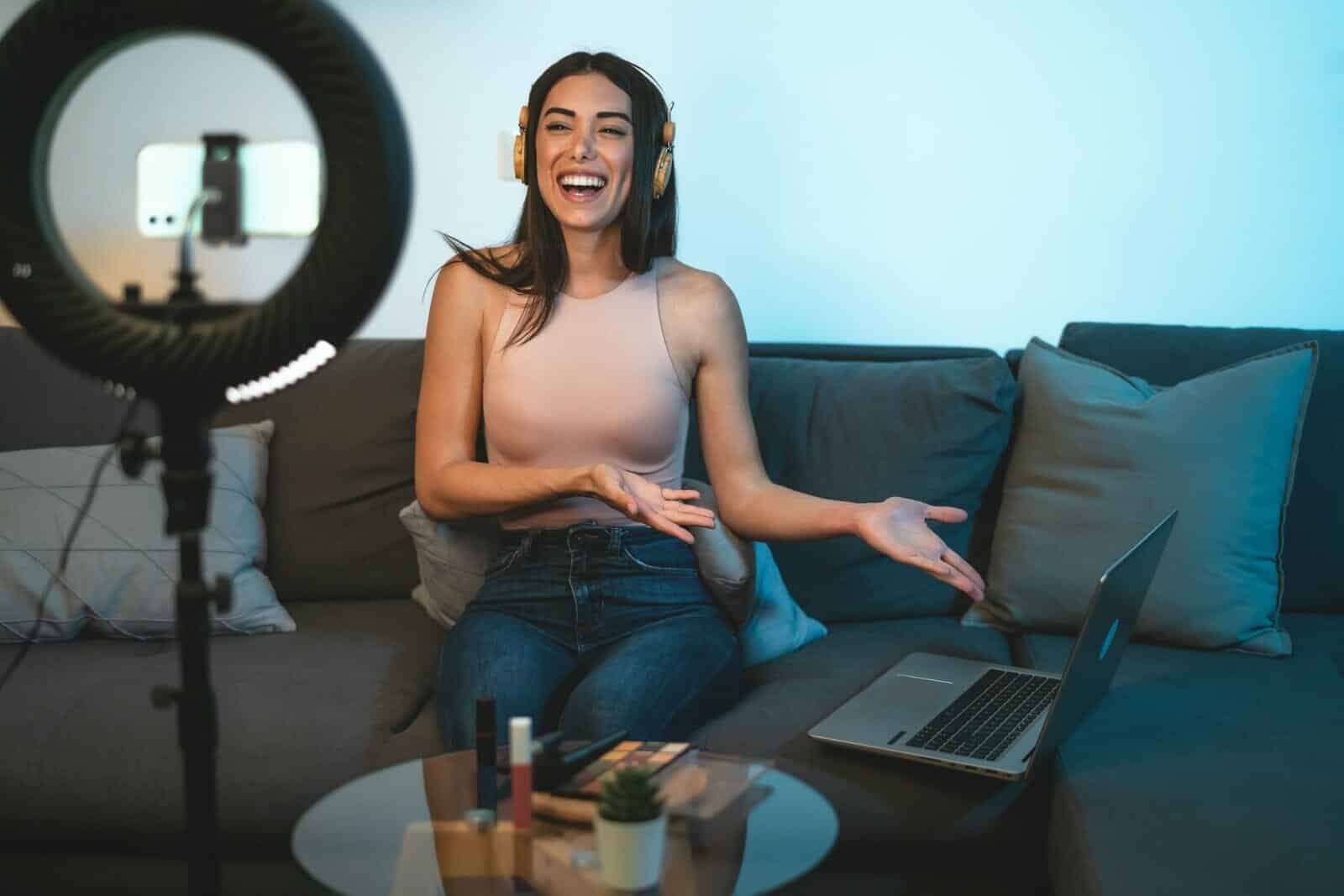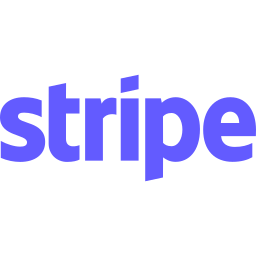If you’re creating content for social media, you’ve probably noticed how quickly the landscape is changing. I’ve been in the digital marketing space for years, and nothing has transformed the way we work quite like AI video generation tools.
Let’s dive into how these tools are reshaping content creation, why they matter for your social strategy, and how you can start using them to save time while creating better content.
The Rise of AI in Video Content Creation
Remember when creating a single social media video meant hiring a videographer, setting up equipment, multiple takes, and days of editing? Those days are quickly fading.
AI video technology has advanced at breakneck speed over the past few years. The latest AI models—including diffusion models and large language models—can now generate high-quality video content from simple text prompts or images.
This shift is happening at the perfect time. According to recent data, the AI video generator market is growing at over 22% annually and is expected to reach nearly $2 billion by 2029. Why such rapid growth? Because video has become the dominant format across all major social platforms.
Why AI Video Matters for Social Media
The stats tell the story:
- About 25% of marketers are already using AI tools to meet the growing demand for video content
- Traditional video production costs between $3,000-$5,000 per minute, while AI tools can reduce this by up to 90%
- Platforms like TikTok and Instagram continue to prioritize video content in their algorithms
But perhaps most importantly, the quality gap between AI-generated and human-created videos is narrowing quickly. Today’s AI can produce content that looks professional, maintains consistent branding, and engages viewers effectively.
Real-World Applications of AI Video Generation
The applications of AI video technology extend far beyond basic content creation. Let’s look at how brands and creators are using these tools today.
Personalized Marketing at Scale
One of the most powerful applications is the ability to create personalized content for different audiences without multiplying your workload.
For example, Coca-Cola created a campaign with 32 different regional variants from a single base video. By using AI to adjust dialects, cultural references, and regional humor, they achieved over 12 million views and increased brand affinity by 25%.
This level of personalization was previously impossible without massive production budgets. Now, small teams can create dozens of targeted variations in hours rather than weeks.
Rapid Content Creation for Fast-Moving Platforms
Social media moves quickly. Trending topics emerge and fade within days or even hours. AI video tools allow creators to capitalize on these moments without sacrificing quality.
Take the case of Dean Arnett from BBC News, who uses AI video tools to create 30 videos daily—saving 4-5 hours each day. This kind of productivity was unimaginable just a few years ago.
Lowering the Barrier to Video Creation
Not everyone is comfortable on camera, and not every company can afford a dedicated video team. AI is changing this reality.
Julia LeFevre, who works in demand generation at AWS, shared: “I was nervous about showing up on camera. AI video tools made it easy. Now I post product videos every day—and sales have gone up 28%.”
Key Technologies Behind AI Video Generation
Understanding how these systems work helps us grasp their capabilities and limitations. Here are the main technologies driving this revolution:
Diffusion Models
Diffusion models like Google’s Veo 2 work by gradually removing noise from random data until a clear image or video emerges. These models can generate remarkably realistic footage with precise control over elements like camera angles and lighting.
Large Language Models (LLMs)
LLMs like those powering OpenAI’s Sora help interpret text prompts contextually. They analyze semantic relationships between words and visual elements, enabling more coherent transitions and consistency in characters and scenes.
Voice Synthesis and Lip-Sync Technology
Advanced AI systems can now generate realistic voices in multiple languages and precisely match lip movements to spoken words—creating the illusion that AI avatars are actually speaking the script.
| Technology | Capability | Practical Application |
|---|---|---|
| Diffusion Models | Generate realistic video sequences from noise | Creating scene transitions, realistic environments |
| Large Language Models | Interpret text prompts and maintain narrative coherence | Turning scripts into visually coherent stories |
| Voice Synthesis | Generate natural-sounding speech in multiple languages | Creating multilingual content without voice actors |
| Lip-Sync Technology | Match mouth movements to spoken words | Making AI avatars appear to speak naturally |
Introducing vidBoard: AI Video Creation Made Simple
With so many AI video tools emerging, finding one that balances quality, ease of use, and cost can be challenging. That’s where vidBoard comes in—a complete AI video creation suite designed for content creators and marketers.
What Makes vidBoard Different?
vidBoard stands out by offering a comprehensive solution that handles every aspect of video creation:
- Over 100 realistic stock AI avatars with 99.5% lip-sync accuracy
- Custom AI avatar creation from your own images
- Option for faceless videos when you prefer not to use avatars
- AI script generation to help with content ideation
- Multi-format input options: text, URLs, or documents (Word/PDF)
What’s particularly valuable is the flexibility to create videos from various starting points. Have a blog post? Turn it into a video. Found an interesting article? Transform it into engaging content for your audience.
Language and Voice Options
One of vidBoard’s standout features is its language support. With over 125 languages for captions and ultra-realistic voices from Eleven Labs and Azure AI, you can create content for global audiences without hiring translators or voice actors.
The AI voice cloning feature is especially useful for maintaining brand consistency—allowing you to replicate your own voice for use across multiple videos.
Real Results From vidBoard Users
The true test of any tool is how it performs in real-world scenarios. vidBoard users have reported significant improvements in their content creation process.
John Pastor, a Marketing Specialist, explains: “Creating 15 personalized video pitches a day used to be impossible. Now I do it in under 30 minutes with vidBoard.”
Similarly, Prielle Tilwe, a UX Designer at Capgemini, notes that their “ad creatives used to take 3-4 days. With vidBoard, we produce 15+ versions in under 2 hours.”
These time savings translate directly to increased output and better ROI on content marketing efforts.
Ethical Considerations and Challenges
While AI video generation offers incredible opportunities, it also presents some challenges that creators should be aware of.
Transparency and Authenticity
As AI-generated content becomes more common, transparency with your audience becomes increasingly important. Being clear about when you’re using AI-generated elements helps maintain trust.
Potential for Misuse
Unfortunately, deepfake technology can be misused to create misleading or harmful content. In 2023, AI-generated videos circulated on social platforms, demonstrating the need for responsible use and detection tools.
Creative Limitations
Current AI systems still have limitations. They may struggle with abstract concepts, complex emotional expressions, or highly specific visual styles. Understanding these boundaries helps set realistic expectations.
Best Practices for Using AI Video Tools
To get the most from AI video generation tools like vidBoard, consider these practical tips:
Start With Clear Objectives
Before creating content, define what you want to achieve. Is it to explain a product? Share industry news? Entertain your audience? Having clear goals will help you craft better prompts.
Optimize Your Scripts
While AI can generate scripts, the best results often come from human-refined content. Keep scripts conversational, concise, and focused on a single main idea per video.
Combine AI and Human Creativity
Use AI as a starting point, then add your unique perspective and brand voice. The most effective content combines AI efficiency with human creativity and strategic thinking.
Test and Iterate
Social media provides immediate feedback. Pay attention to engagement metrics and adjust your approach based on what resonates with your audience.
Getting Started With vidBoard
If you’re ready to incorporate AI video into your content strategy, here’s how to begin with vidBoard:
- Select your input method (text, URL, or document upload)
- Choose an avatar or opt for a faceless video format
- Select voice and language preferences
- Add background music from the royalty-free library
- Generate AI captions as needed
- Preview and export your video
One of vidBoard’s most attractive features is its pricing model. Unlike many tools that charge ongoing subscription fees, vidBoard offers lifetime deals, meaning you pay once and use the tool forever—making it accessible for creators at all levels.
The Future of AI Video in Social Media
Looking ahead, we can expect AI video technology to continue evolving in several key directions:
Integration With Other Technologies
AI video will increasingly integrate with augmented reality (AR) and virtual reality (VR) to create immersive experiences. Imagine viewers being able to interact with your video content in three-dimensional space.
More Natural Interactions
As AI models improve, we’ll see even more realistic avatars with nuanced emotional expressions and natural movements, further blurring the line between AI-generated and human-created content.
Democratization of Video Creation
Tools like vidBoard are making professional-quality video accessible to everyone, regardless of technical skill or budget. This trend will continue, enabling more diverse voices to share their stories through video.
Conclusion: Embracing the AI Video Revolution
AI video generation isn’t just changing how we create content—it’s transforming who can create content. Small businesses, solo entrepreneurs, and content teams of all sizes now have the ability to produce professional-quality videos at scale.
By understanding the technology, following best practices, and using powerful tools like vidBoard, you can leverage AI video to connect with your audience more effectively than ever before.
The question isn’t whether to incorporate AI video into your social media strategy—it’s how quickly you can start using it to gain a competitive edge. With options like vidBoard making the technology accessible and affordable, there’s never been a better time to get started.
Are you ready to transform your social media content creation process? The tools are here, and the future of video is now.





